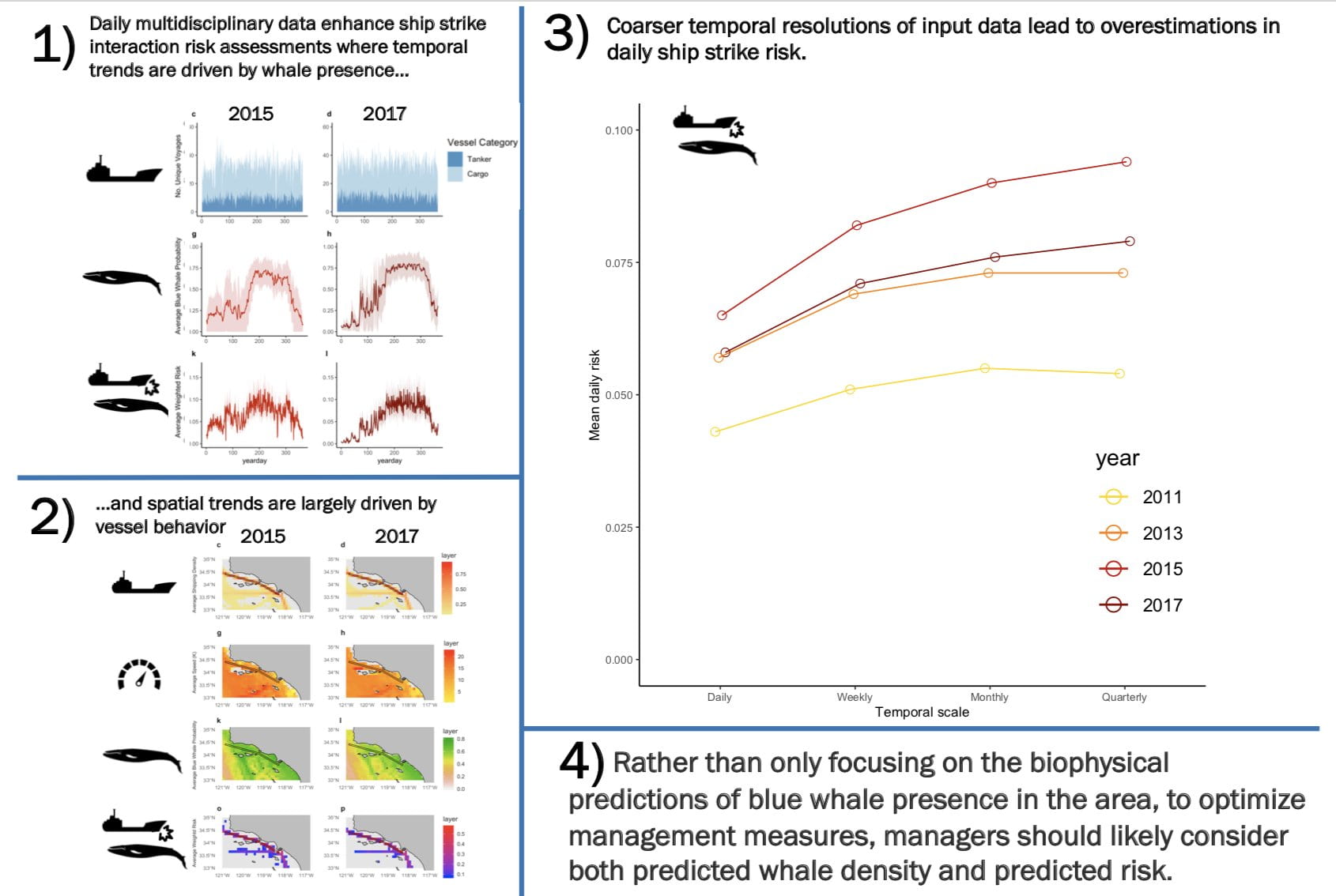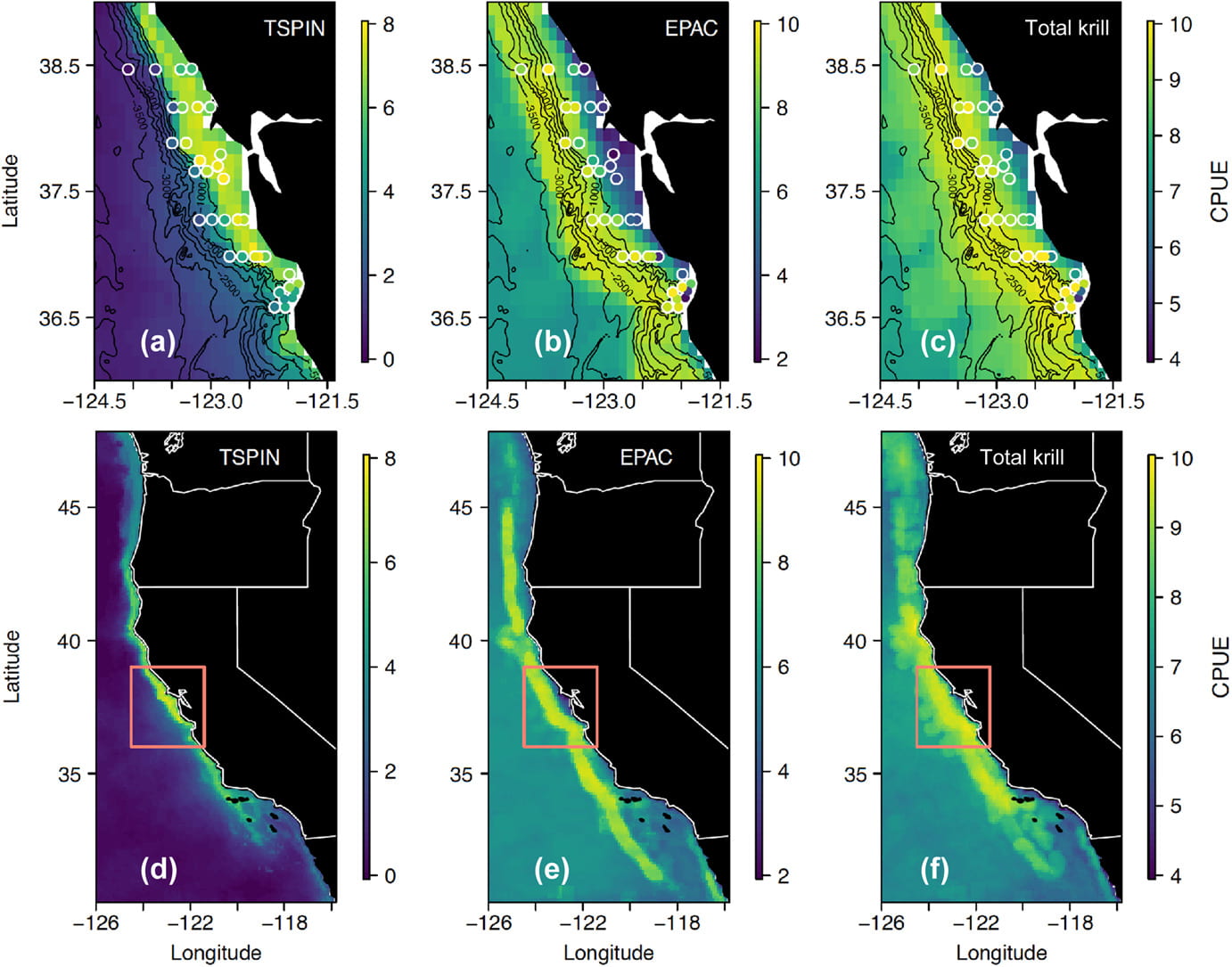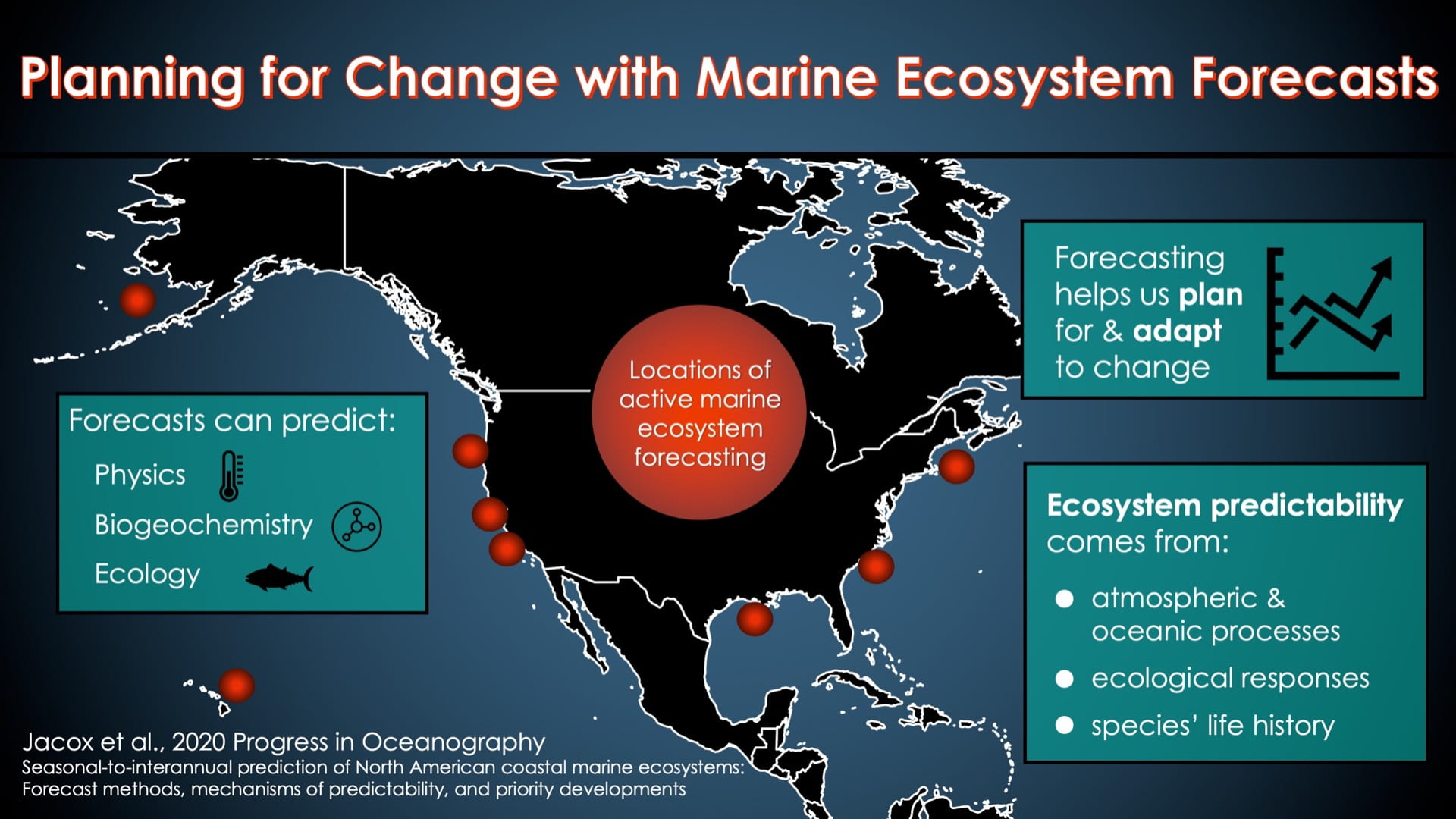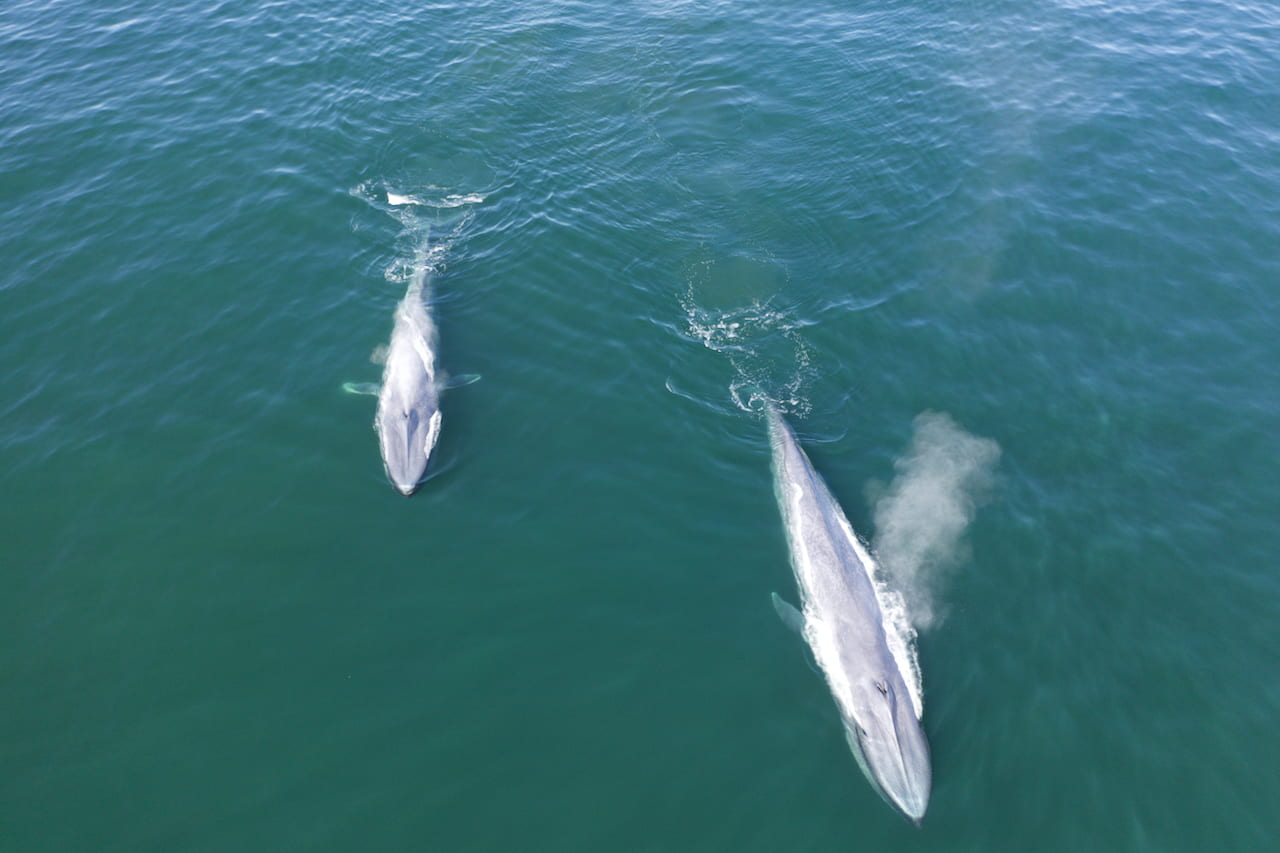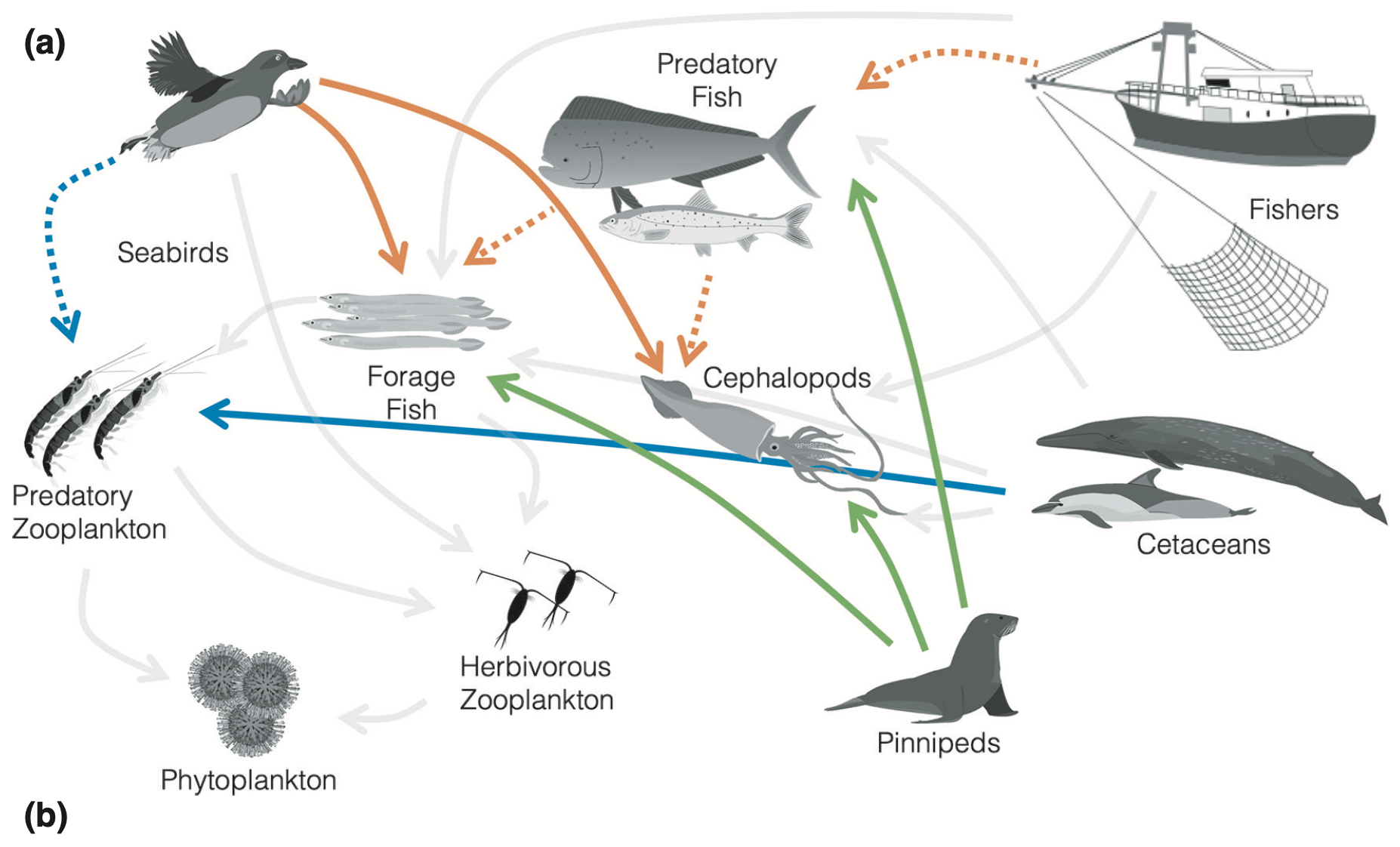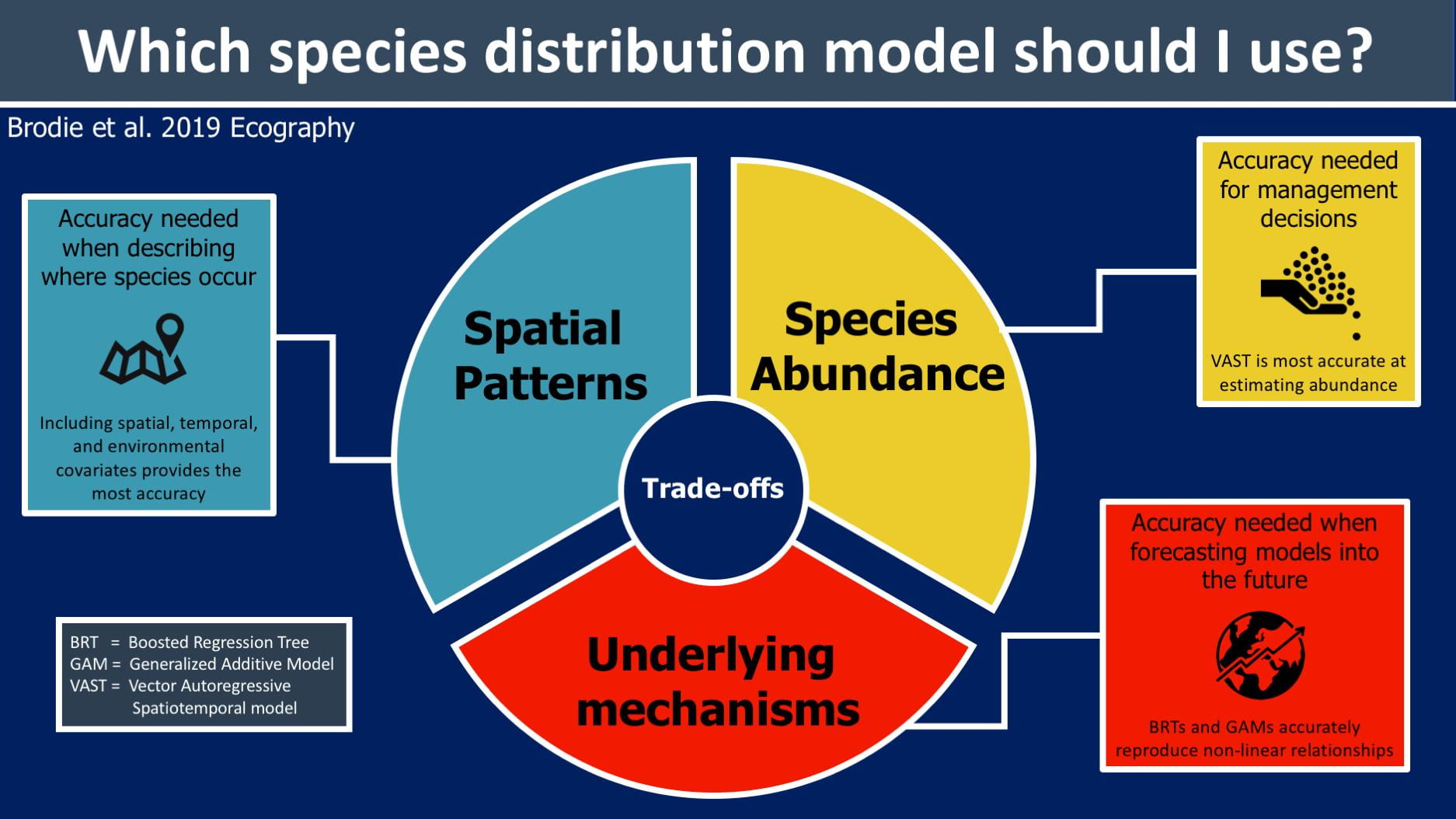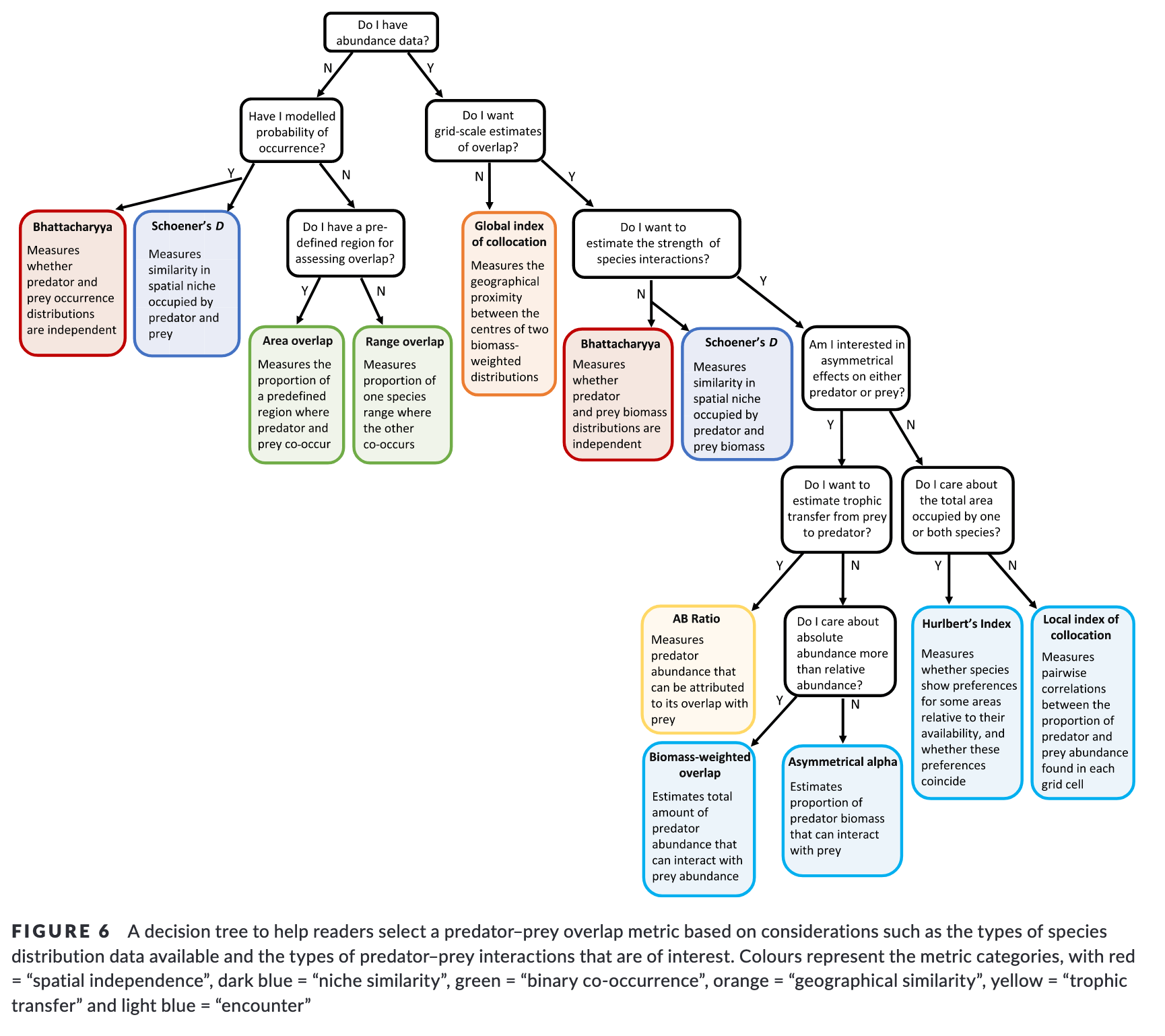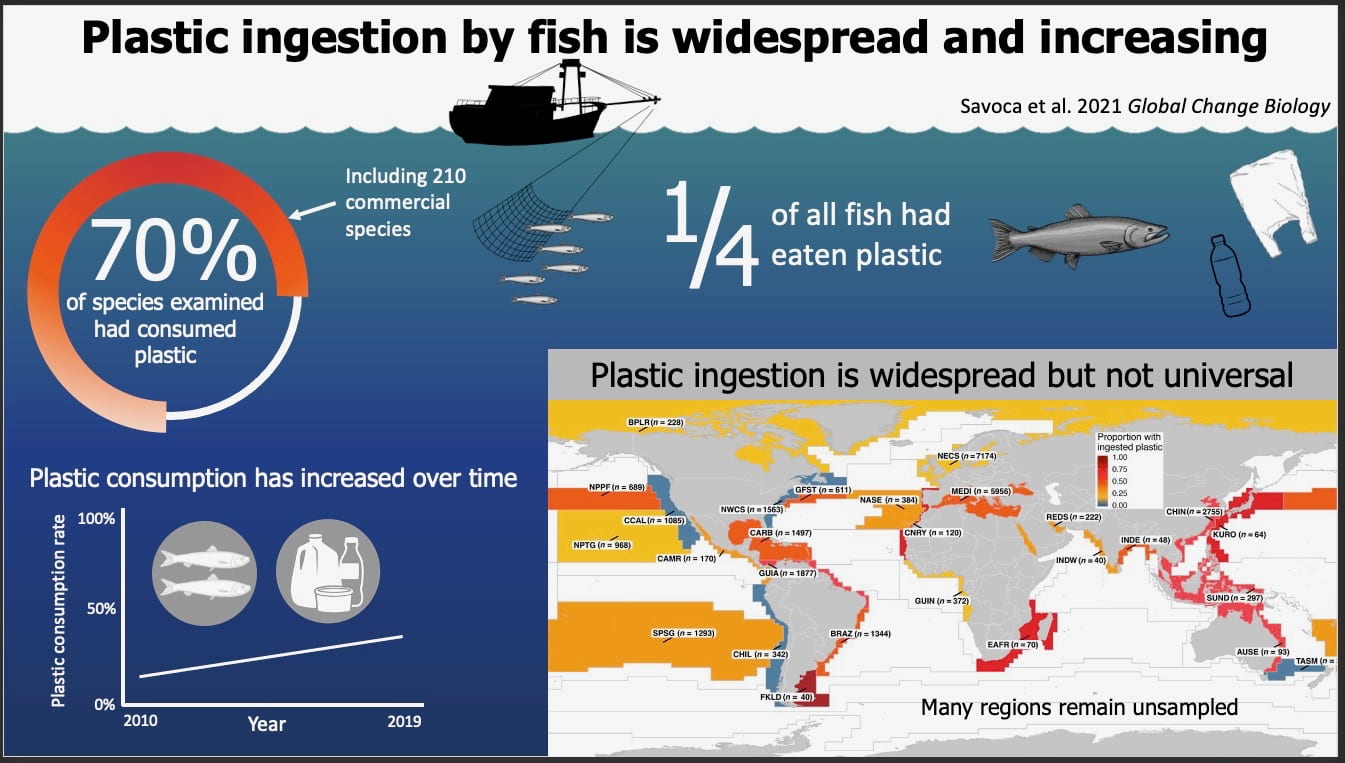
Our paper was published today (2/9/2021) in Global Change Biology titled “Plastic ingestion by marine fish is widespread and increasing.” Rather than starting from scratch, I include an excerpt below from the Conversation piece written by Alex McInturf and Matt Savoca,
“Trillions of barely visible pieces of plastic are floating in the world’s oceans, from surface waters to the deep seas. These particles, known as microplastics, typically form when larger plastic objects such as shopping bags and food containers break down.
Researchers are concerned about microplastics because they are minuscule, widely distributed and easy for wildlife to consume, accidentally or intentionally. We study marine science and animal behavior, and wanted to understand the scale of this problem. In a newly published study that we conducted with ecologist Elliott Hazen, we examined how marine fish – including species consumed by humans – are ingesting synthetic particles of all sizes.”
Savoca, A. McInturf, E.L. Hazen, 2021. Plastic ingestion by marine fish is widespread and increasing. Global Change Biology. DOI: 10.1111/gcb.15533. PDF

